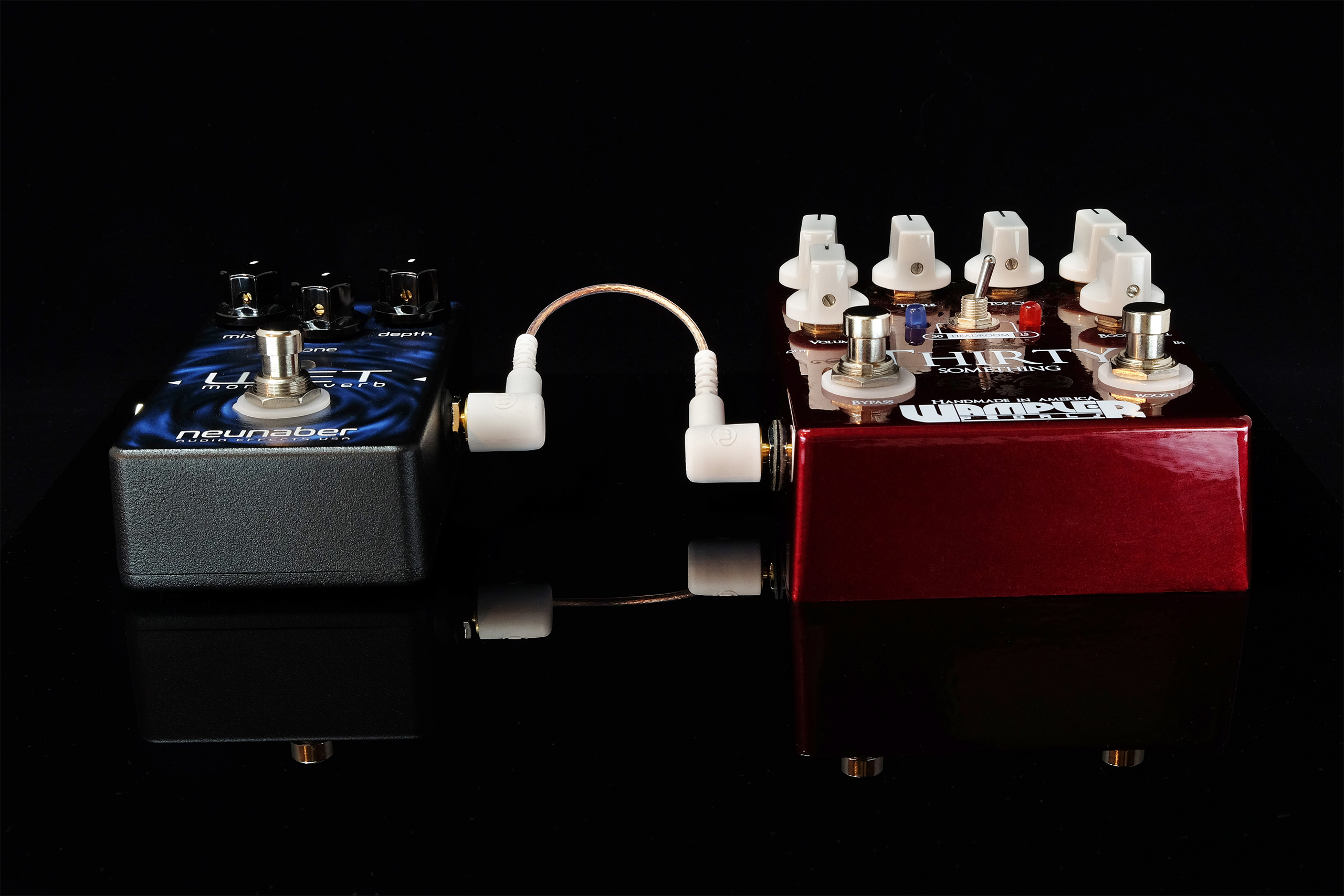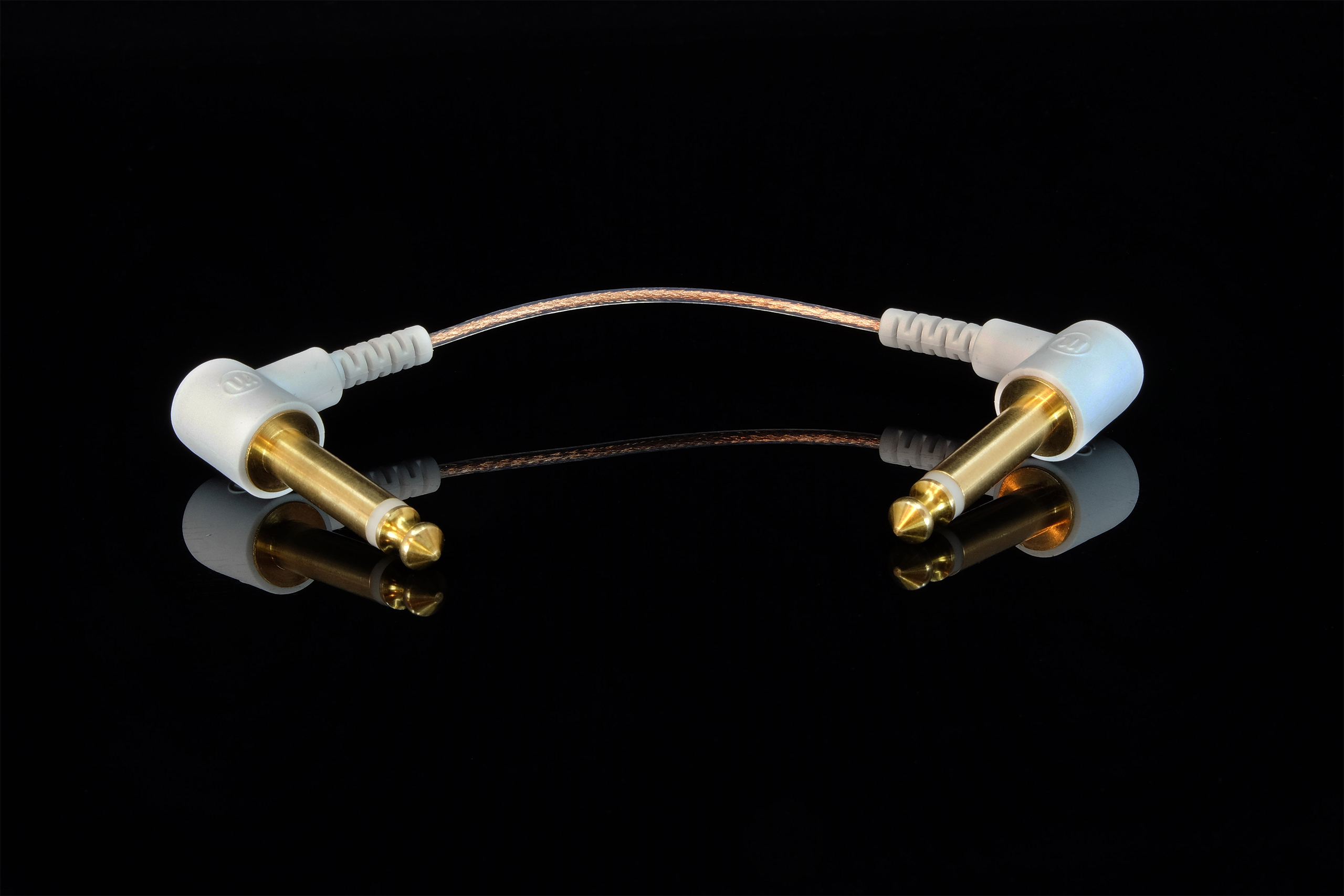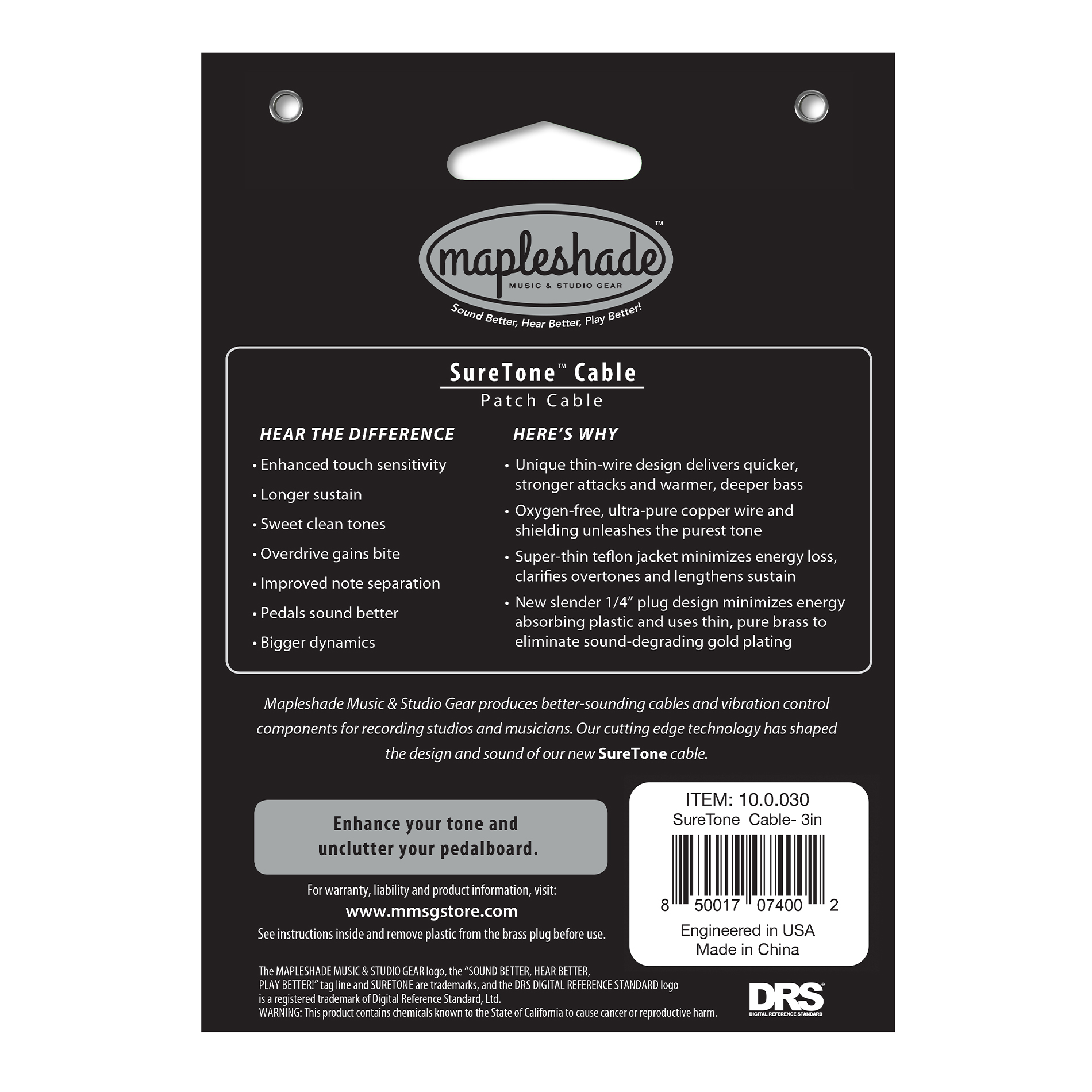Hear the Difference
- Enhanced touch sensitivity
- Longer sustain
- Sweet clean tones
- Overdrive gains bite
- Improved note separation
- Pedals sound better
- Bigger dynamics
Here’s Why
- Unique thin-wire design delivers quicker, stronger attacks and warmer, deeper bass
- Oxygen-free, ultra-pure copper wire and shielding unleashes the purest tone
- Super-thin Teflon jacket minimizes energy loss, clarifies overtones and lengthens sustain
- New slender ¼” plug design minimizes energy absorbing plastic and uses thin, pure brass to eliminate sound degrading gold plating







 Download the user guide
Download the user guide

Reviews
There are no reviews yet.